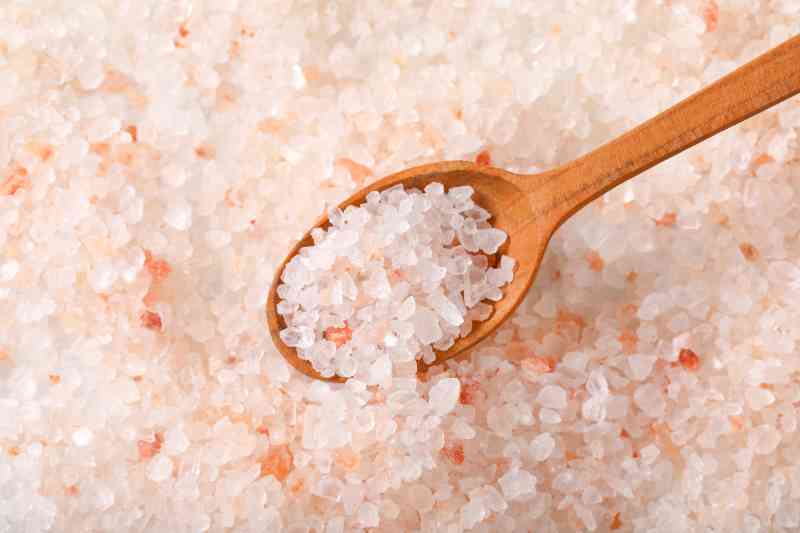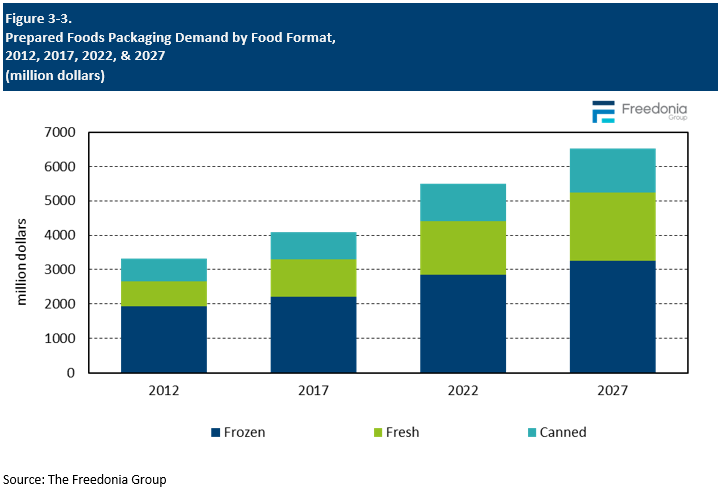Salty Surprise - Microplastics Found in Himalayan Rock Salt

The pristine, pink-hued Himalayan rock salt, often touted as a healthier and more flavorful alternative to table salt, has become the latest victim of a pervasive global issue: microplastic contamination. A recent study published in the journal Science of the Total Environment in January 2024 has revealed the presence of microplastics in samples of Himalayan rock salt collected from various locations.
The Ubiquitous Threat of Microplastics
Microplastics, tiny plastic particles less than 5 millimeters in diameter, have become a ubiquitous environmental pollutant. Originating from the breakdown of larger plastic debris, synthetic textiles, and even personal care products, microplastics have infiltrated even the most remote corners of the planet.
From the deepest ocean trenches to the peak of Mount Everest, microplastics have been detected in air, water, soil, and even within the food chain. The implications of this contamination on human health are still being studied, but preliminary research suggests potential risks to digestive health, immune function, and hormonal balance.
Himalayan Rock Salt: No Longer a Pristine Source?
The recent study analyzed samples of Himalayan rock salt from four different brands purchased in the United Kingdom. Using advanced spectroscopic techniques, researchers identified a range of microplastics in the salt samples, including:
- Polyethylene terephthalate (PET): commonly used in plastic bottles and packaging
- Polypropylene (PP): found in food containers and textiles
- Polyethylene (PE): used in plastic bags and films
The study found an average of 72 microplastic particles per kilogram of salt, with variations depending on the brand and grain size. While the exact source of the contamination is still under investigation, researchers suggest potential pathways, such as:
- Atmospheric deposition: Microplastics transported through the air and deposited onto the salt deposits.
- Contaminated water sources: Irrigation or processing water containing microplastics.
- Packaging and handling: Contamination during the packaging and transportation process.
Implications for Human Health and the Environment
While the study focused on Himalayan rock salt, it raises concerns about the potential for microplastic contamination in other salt varieties as well. Considering the widespread use of salt in food preparation and food processing, the presence of microplastics in this essential ingredient has significant implications for human exposure.
Furthermore, the discovery of microplastics in Himalayan rock salt highlights the far-reaching impact of plastic pollution. Even seemingly pristine environments, once considered isolated from human activities, are now affected by this pervasive form of contamination.
Addressing the Microplastic Challenge
The issue of microplastic pollution demands a multifaceted approach involving:
- Reducing plastic consumption: Implementing policies and promoting consumer choices that minimize single-use plastics and encourage sustainable alternatives.
- Improving waste management: Enhancing waste collection, sorting, and recycling infrastructure to prevent plastic waste from entering the environment.
- Developing innovative solutions: Investing in research and development of technologies for microplastic removal and bio-based plastics that degrade safely in the environment.
A Call for Awareness and Action
The findings of this study serve as a stark reminder of the pervasiveness of microplastic pollution and its potential impact on human and environmental health. It underscores the urgent need for collective action to address this global challenge.
By raising awareness about the issue, supporting sustainable practices, and advocating for policy changes, individuals, communities, and governments can contribute to mitigating the risks posed by microplastics and protecting the planet for future generations.



:max_bytes(150000):strip_icc()/dog-treats-glass-storage-container-3f5d7e36-81df4011d844459c9272c9c8404bc38d.jpg)











Comments ()